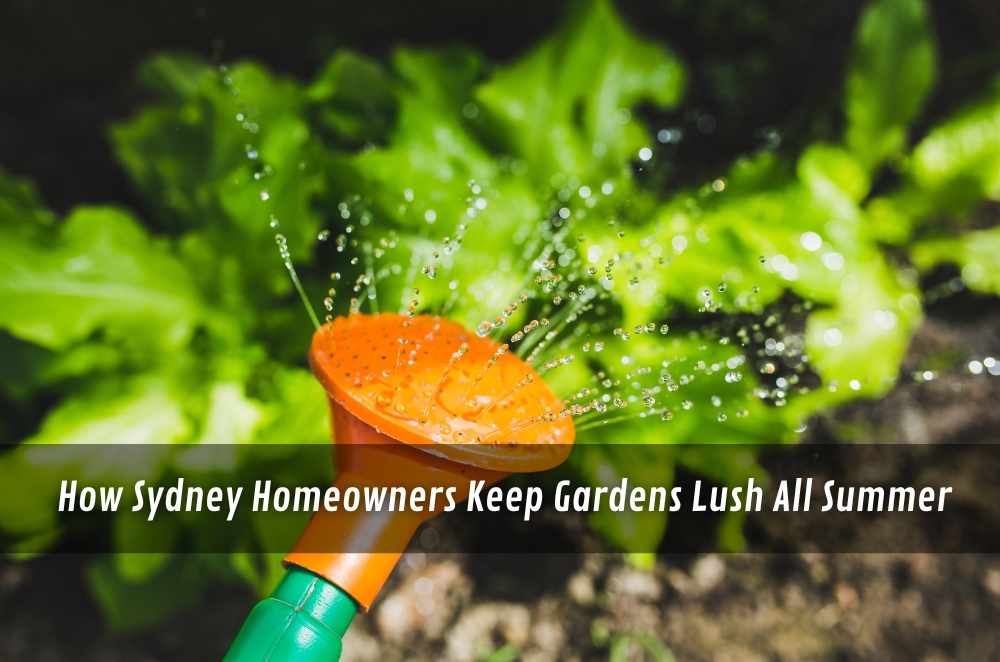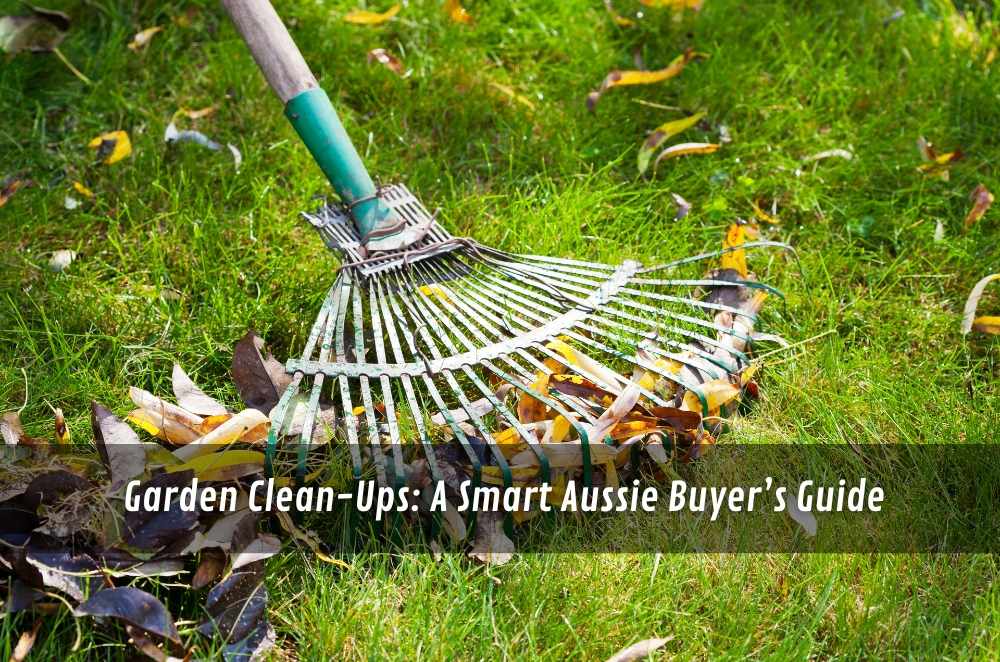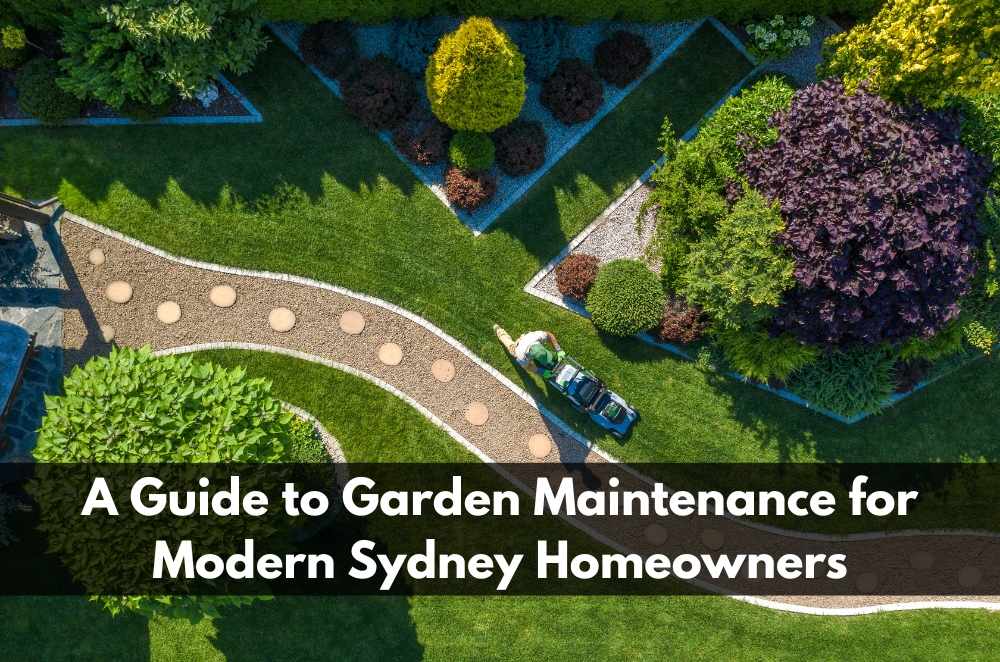
If you’ve lived in Sydney long enough, you already know the feeling: one hot week in November and suddenly everything in the yard looks… tired. Leaves droop. Lawns bleach out. Pots that were fine yesterday start shrinking into themselves.
Most homeowners eventually realise they need more than guesswork to get through summer. Sometimes that includes bringing in proper lawn maintenance and gardening services — not because they’re clueless, but because summer here comes in swings. Big ones.
I’ve had years where the garden looked perfect right up until the first heatwave. Then it felt like every plant staged a walkout overnight.
The small things Sydney's weather does to your garden
Sydney doesn’t have the polite, predictable summers you read about in gardening magazines. We get the blinding UV, the salt-tinged air near the coast, the dry heat inland, and the weird humidity that hangs around for hours after a storm.
The weather does this thing where:
The sun scorches the top layer of soil before lunch
Coastal winds pull moisture out of anything with a leaf
A storm dumps water fast, but the ground barely absorbs it
And local water rules change just when you least want them to
The result? No two summers behave the same. And yet the garden cops it every single time.
One year in my old place in Ryde, I skipped mulching because I was “too busy.” Big mistake. By mid-December, I was dragging the hose out every morning like some sort of punishment. The following year, I did a heavy mulch layer and barely watered twice a week. Lesson learned.
The habits locals swear by (even if they don’t admit it)
Most Sydney gardens that stay lush through summer don’t rely on one big trick. It’s lots of small, not-so-glamorous habits.
Watering that actually reaches the plant
A surprising number of people water like they’re misting a fern. Doesn’t work here. You need water that sinks deep.
People who get it right often:
Water early, before the heat spikes
Use longer watering sessions to push moisture deeper
Point the water at the soil, not the leaves
Switch to drip or soaker hoses to cut evaporation
Shallow watering is the quickest way to grow plants with roots that panic at the first hot day.
Soil — the quiet troublemaker
Most problems that look like “sun damage” are actually soil issues. The soil dries, cracks, or drains too fast. And Sydney soils are notoriously inconsistent.
What actually helps:
Adding compost (more often than you think)
Mixing in organic matter so water hangs around longer
mulching thickly — not a sprinkle, but a proper layer
checking pH just to avoid mystery plant tantrums
When I finally fixed my soil one year after fighting with it like a stubborn old fence — everything else suddenly became easier.
Choosing plants that aren’t fighting a losing battle
Sydney has microclimates inside microclimates. A plant thriving in Bondi may collapse in Five Dock.
People who finally give up on the “but it said full sun!” tags and choose what the climate wants often go for:
Natives like Westringia and Lomandra
Hardy flowering plants like hibiscus
Structured shrubs that handle heat
Climbers that shade fences
You can tell when someone has picked plants that like their yard — they stop complaining about replacing them every summer.
Pests that suddenly appear the moment you relax
Warm summer evenings bring the usual suspects:
lawn grubs
sap suckers
aphids
mildew
leaf miners
Most homeowners who stay ahead of pests don’t use complicated systems. They just walk around the yard more often. Five minutes. Morning or dusk. Catching the tiny problems before they turn into big ones.
Why do some folks hand things over to the professionals
Even the keen gardeners tap out occasionally. There’s no shame in it — especially when the heat hits 35°C for the third day in a row.
Common things people outsource:
Clean-ups after storms
lawn aeration and topdressing
reviving dried-out soil
reshaping hedges that grew too wild
Sorting out garden beds that have become a bit… “creative”
And then there’s the environmental side. NSW has plenty of rules around land care, vegetation and responsible maintenance. People often check government info linked to residential gardening maintenance in Sydney when they’re unsure what’s allowed or what plants affect local ecosystems.
Using water wisely without drying everything out
Even people who love gardening don’t want to waste water for good reason. Summer restrictions vary, and it’s easy to blow the budget if you water recklessly.
Things that genuinely help stretch water:
Using rainwater tanks for longer watering sessions
Redirecting greywater safely (lawns love it)
Leaning into tough native shrubs
Planting groundcovers that cool the soil
During the 2019 heatwave, I tried skipping the mulch “just to see.” Never again. The difference between mulched and bare soil is huge. Honestly, eye-opening.
Garden layouts that survive heat better than others
You can tell when a garden has been arranged with summer in mind. It just works. Plants shelter each other. Soil stays cooler. Everything looks calmer.
The most heat-smart layouts often have:
Tall shrubs blocking the harshest sun
Dense garden beds instead of scattered pots
Drip lines close to root systems
Pathways that reduce exposed soil
One trick I learned purely by accident: staggered planting heights create tiny pockets of shade that make watering more effective.
Learning from others (and avoiding mistakes you don’t need to make)
People get better at gardening mostly by watching other people — neighbours, friends, whoever grows tomatoes the size of cricket balls.
On Medium, readers often jump between garden-related articles, especially things like garden maintenance in Australia, to see what works in different parts of the country.
And when you want ideas that lean more toward design inspiration rather than hands-in-the-dirt chores, looking at something like garden designers' services can be handy. Sometimes you just need to see how others shape their spaces before deciding what fits your own yard.
The real secret? It’s not fancy — it’s consistent
If there’s one thing that keeps Sydney gardens lush all summer, it’s not money or rare plants or complicated systems. It’s consistency. A bit of preparation in spring. A bit of watering done properly. A bit of pruning before things get out of hand. And the willingness to adjust when the weather does something unexpected (which it always does).
Every time I walk past a neighbour’s garden that looks brilliant in late January, I always ask myself the same question: “What small thing are they doing every day that I’m forgetting?”











Write a comment ...